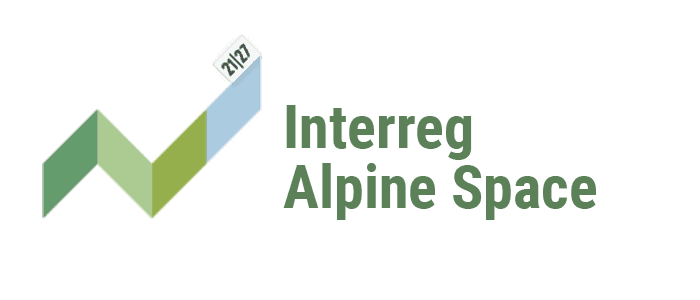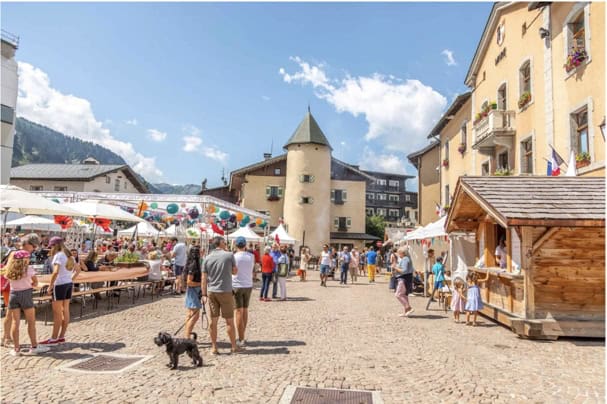As part of the territorial analysis carried out in Megève, knowledge of secondary residents and their relationship with the area emerged as an important subject for reflection on the future of the territory. With around 7,500 second homes and only 1,500 primary residences, it seems essential to take these residents into account. Who are they? When do they come? What do they do? How do they see the area and its future? In order to answer these questions, the TranStat team produced a questionnaire for secondary residents. It was carried out online between March and April 2024, and resulted in 700 completed questionnaires. Here are some of the findings.
Secondary residents come from the upper social classes, with a high level of income, a high level of education (69% with 5 or more years of higher education) and a very large over-representation of managers and higher intellectual professions (69%).
The great majority of them are loyal visitors: 77% of secondary residents have been coming to the village for more than 20 years, and many of them declare a strong attachment to Megève – 90% consider Megève to be part of their identity.
What about their habits? Summer and winter are the main seasons in which they come, with almost all respondents coming in each of these seasons, although autumn and spring are also well represented. When they are in Megève, as well as enjoying the village and its shops, secondary residents give priority to sporting activities (75%). Hiking is the most popular activity in summer, while downhill skiing is the most popular in winter, well ahead of snowshoeing and ski touring.
Despite the importance of skiing, 70% of those questioned said they would continue to visit Megève in winter if it were no longer possible to ski, a result that is consistent with the 2019 Sociovision – Atout France study indicating that 89% of European tourists would continue to visit the mountains in winter even if there was less snow.
Although 80% of the secondary residents of Megève surveyed consider that Megève has changed negatively in recent years as a result of changes in the offer, prices and clientele, and 80% think that climate change is a threat to the future of the area, they are not planning to leave: 85% of them think that their secondary residence will remain with their family over the next 10 years.
What can we retain from it? While skiing is a major activity for second-home residents, the fact that they come in non-winter months, and their willingness to come even when there’s no snow, highlights the area’s other touristic strengths. Attachment to the place seems to be a key to understand the link between secondary residents and the village, and a lever for planning for the future despite the vulnerabilities that the area faces. Finally, a significant proportion of respondents would like to be involved in decision-making about the future of Megève, which is part of the wider challenge of involving inhabitants in the process of territorial transition.
The results of this survey were shared with various local stakeholders, in order to contribute to their reflections on the future of the territory and the place of secondary residents in it.



